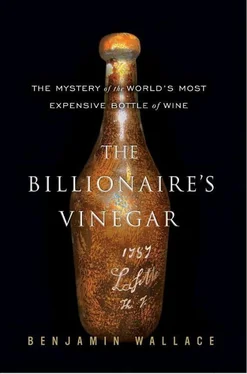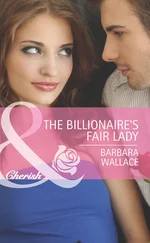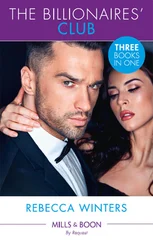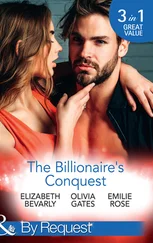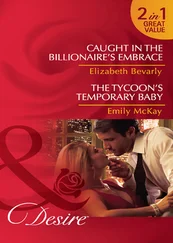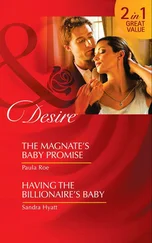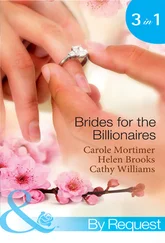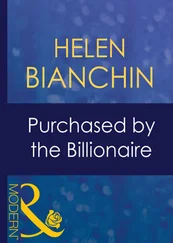BILL SOKOLIN, WEARING thong sandals and his wife’s teal bathrobe, was sitting in his house on Long Island, where he had moved in 1996 after giving up the Manhattan storefront. Three years later, he retired. He spent much of his time by the pool out back, and his skin was mottled from the sun. His son David had taken over the business and now ran it almost entirely as an Internet and telephone operation from a climatized, million-bottle-capacity warehouse here in Southampton. In Bill Sokolin’s home, the bookshelves contained volumes about Jefferson. Plaques from Margaux and Lafite were displayed on a credenza. Behind the house, a neighbor’s patch of vines hugged the property line. Long Island wines were thriving. Margaux’s Paul Pontallier was a consultant to a Long Island winery, and Dave Sokolin was a partner in two vineyards, Bedell and Corey Creek.
Bill Sokolin had been trying to get rid of his broken Jefferson bottle for years. Twice a prospective buyer had offered to exchange a house for it, according to Sokolin. One was in New Jersey, one in Southampton, both in the $250,000–$300,000 range, but Sokolin’s lawyer advised him that it wouldn’t be considered a trade-in-kind and he would be clobbered with taxes. In January 1991, Sokolin tried selling the bottle at auction, through Guernsey’s in Manhattan. “We are ready to set the record for a broken empty wine bottle,” auction house president Arlan Ettinger said at the time. The pre-sale estimate was $20,000–$30,000, and the catalog stated that “it is now generally conceded that the bottles found did indeed belong to Thomas Jefferson.” The bottle didn’t sell.
In 1995, with the movie Jefferson in Paris about to be released, Sokolin saw another opportunity. In a letter to customers that whimsically proposed to “Re-elect Jefferson in ’96” and announced that he would donate his Jefferson bottle to Monticello, Sokolin touted a $150-a-case, private-label “Thomas Jefferson Chardonnay” made by a Virginia winery, as well as a limited-edition book, The Jefferson Legacy, for $495. He said the broken 1787 Margaux bottle was now worth $750,000, “according to an article in the New York Observer ” (which had gotten its estimate from Sokolin). Monticello wouldn’t take Sokolin’s bottle, but in 1996 the Smithsonian’s National Museum of American History, in Washington, D.C., exhibited it for several months. Briefly, according to Sokolin, the William Jefferson Clinton Library expressed interest in obtaining the bottle. In 2002, Sokolin announced that he was looking for the right charity to which to donate the bottle; he had lowered its valuation to $700,000. Early in 2005, Sokolin gave the American Jewish World Service the right to offer the bottle on eBay “to help raise money for tsunami relief and reconstruction.” The bottle didn’t sell. Finally, in the summer of 2005, Sokolin succeeded in giving the bottle to Love Our Children, a Manhattan charity. When its director came to pick the bottle up, Sokolin got a bit shaky, but now he was glad it was gone.
THE THIRD JEFFERSON bottle known to be in the New York area lay in a triangular, glassed-in room in the reception area of Wine Spectator ’s midtown offices. Marvin Shanken displayed his trophy alongside such other legendary wines as a 1945 Romanée-Conti, an 1847 Yquem, and an 1870 Lafite in magnum.
The last two decades had shown Shanken to have chosen a good business. Between 2002 and 2005, Riedel Crystal had tripled its business in the United States, selling 8 million stems annually. In July the annual Gallup Consumption Habits poll reported that, for the first time, wine had eclipsed beer as Americans’ favorite alcoholic drink. (Thirty-nine percent of respondents said they’d prefer a glass of wine, compared with 36 percent for a glass of beer.) And the wine they were drinking had changed; for the first time in memory, red outsold white in America’s supermarkets. It was a vindicating moment for Shanken, who in purchasing his magazine a quarter-century earlier had gambled on an American wine boom.
Wine Spectator ’s paid circulation had risen every year, and stood now at 380,000 copies a month, for an annual price of fifty dollars. It had subscribers in two hundred countries. In 1992, just when the American tobacco industry was entering its death spiral, Shanken had founded Cigar Aficionado. It had been a surprising success. Famous people who didn’t talk to the press lost their shyness when it came to cigars; General Tommy Franks, Michael Jordan, and Francis Ford Coppola were among those who graced the cover. The magazine now had a circulation of 250,000. Shanken also published several other trade publications, as well as staging big events like the Wine Experience and a cigar equivalent, the Big Smoke, plus “lifestyle seminars” on connoisseurship of everything from cheese to chocolate. When people referred to Shanken Communications as “a publishing business,” Shanken would correct them: he was in the education business. Cigar Aficionado had taught people how to select, cut, light, smoke, evaluate, enjoy a cigar. Wine Spectator had introduced its readers to new wines and new winemakers and new regions.
Enabled by the wealth that accompanied his success, Shanken had done a lot of crazy things since his out-of-control bidding against Kip Forbes. The craziest, perhaps, was bidding on a walnut humidor once given to JFK by the comedian Milton Berle, at the 1996 dispersal of Jacqueline Kennedy Onassis’s estate. At the well-publicized New York auction, lines wrapped around the block. The humidor was just one of hundreds of lots. Shanken thought it might go for up to $30,000, but he told his wife he really wanted it. He was more prosperous now, and this time it was he who, with Yablonian self-assurance, would be “going to pick up the humidor.”
Shanken sat out the first few bidding rounds, watching in some astonishment as the number quickly shot up in $10,000 increments to $200,000. Five people were competing for it. At $250,000, Shanken made his first bid. Soon the bidding was at $400,000, and Shanken and a telephone bidder were the only two remaining bidders, still going up in $10,000 increments. When the other man bid $440,000, Shanken decided to end this once and for all. He held up five fingers. “Four hundred fifty thousand?” the auctioneer asked. Shanken shook his head and spread the five fingers wider. “You mean $500,000?” the auctioneer asked. Shanken nodded. “And this piece of shit goes to five ten,” Shanken recalled later of the rival bidder. Shanken bid $520,000, but was ready, or so he would claim, to drop out if the other man outbid him again. The man, a commodities broker in Chicago, did not. Shanken won.
By the time the buyer’s commission and sales tax were added, the total amount he paid for the humidor was $622,000. Shanken briefly considered having it sent to a friend or relative in New Jersey to skirt the sales tax, but thought better of it. And his accountant wouldn’t let him take it as a business expense, because it wasn’t a depreciable asset. He framed the bill and hung it in his office. His wife had been with him but feeling under the weather; he later got mad at her for not having stopped him, but at least now he could afford it. The humidor took its place in a display cabinet in a conference room at his offices, where his other humidors included one given to Winston Churchill in 1941 by the Cuban government, and another signed by Fidel Castro “Para Marvin.”
THE BEST OPPORTUNITY since the 1985 Forbes exhibition for the general public to see a Jefferson bottle came in September 2005, when the Boston Museum of Fine Arts announced that it would put on an exhibit featuring the eclectic collections of Bill Koch, the six-foot-four fossil-fuel heir who had bought four of the Jefferson bottles in the late 1980s.
Читать дальше
